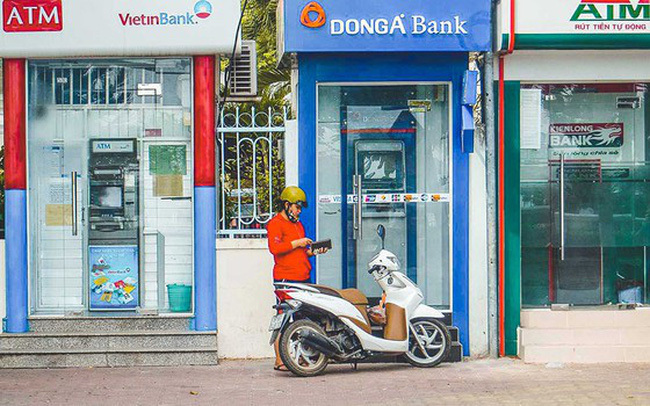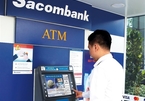A survey by the State Bank of Vietnam (SBV) found that credit institutions have for the second consecutive quarter reported declining business performance, higher risk levels of groups of clients, and weaker demand for bank loans and services.

The provisioning against credit risks had affected the income and pre-tax profits of the banking system.
Commercial banks in Q2 cut prices of products and services to support clients facing difficulties during Covid-19. Stabilizing or reducing product and service prices will be a trend in the upcoming time. The price cuts are seen more in marginal interest rates rather than service fees.
The interest rates are expected to continue decreasing in Q3 and for the year 2020. The commercial banks holding large market shares all have eased interest rates, and the move will be followed by smaller banks.
The liquidity of the banking system at the end of Q2 2020 was good for both Vietnam dong and foreign currencies. Between 38-58 percent of credit institutions hope the liquidity situation will
continue to see improvement in Q3 and for the entire year 2020.
| The liquidity of the banking system at the end of Q2 2020 was good for both Vietnam dong and foreign currencies. Between 38-58 percent of credit institutions hope the liquidity situation willcontinue to see improvement in Q3 and for the entire year 2020. |
The demand for bank services in Q2 slightly increased compared with Q1 (34.3 percent vs 31.1 percent), which is much lower than the previous survey (52 percent).
Banks hope that the demand for bank product and services will increase again (58.1 percent of credit institutions have this expectation), while the demand for loans is believed to increase (59.2 percent of credit institutions hope to see ‘increases’ and 6.8 percent hope to see ‘sharp increases’ vs the 53.5 percent of the previous survey).
And so is demand for other services (46 percent of banks hope for higher demand for payment service and deposits).
Regarding the risks of clients, 25.5 percent of banks think the risks are ‘relatively high’.
The risks are increasing for all groups of clients, especially joint stock companies, limited companies, private enterprises and SMEs. More than 52 percent of banks fear the general risks of clients in 2020 are higher than 2019.
Clients’ financial capability and the demand of the economy for bank products and services are the two most important factors that affected banks’ business performance in Q2 and the whole year 2020.
The amount of capital mobilized by credit institutions is hoped to increase by 3.1 percent in Q3 and 8.3 percent in 2020.
SBV in mid-April 2020 said at the meeting between the Prime Minister, ministries and the business community that state-owned banks have to sacrifice 40 percent of their profit to support businesses in Covid-19.
Le Ha

Banks face exchange-rate risks when issuing international bonds
Many commercial banks have presented plans at shareholder meetings to issue bonds in the international market.

Organisations rush to sell Sacombank shares to retrieve debts
Some organisations have rushed to sell shares of Sai Gon Thuong Tin Commercial Joint Stock Bank (Sacombank) to retrieve bad debts, but it was not easy to find buyers agreeing with the offered price.
 Domestic activities have returned to normal, but Vietnam’s major partner economies are still affected by the Covid-19 pandemic.
Domestic activities have returned to normal, but Vietnam’s major partner economies are still affected by the Covid-19 pandemic.